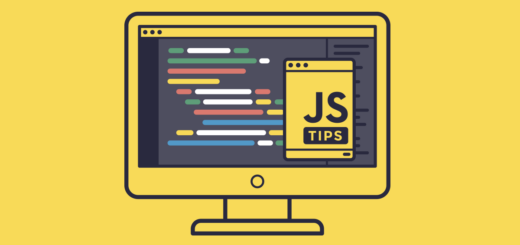Simple Guide to Javascript Closure
What is a Closure?
A closure is a function that “remembers” the environment (scope) in which it was created, even after that environment has gone out of scope.
Key Concepts:
- Function Scope: Each function creates a new scope. Variables defined inside a function are not accessible from outside that function.
- Lexical Scope: Functions are executed using the scope in which they were defined, not the scope in which they are called.
How Closures Work:
When a function is defined inside another function, the inner function has access to the variables of the outer function, even after the outer function has finished execution.
function outerFunction(outerVariable) {
return function innerFunction(innerVariable) {
console.log(`Outer Variable: ${outerVariable}`);
console.log(`Inner Variable: ${innerVariable}`);
};
}
const newFunction = outerFunction('outside');
newFunction('inside');Outer Variable: outside
Inner Variable: insideIn this example, innerFunction forms a closure, capturing outerVariable from outerFunction‘s scope.
Use Cases:
- Data Encapsulation: Closures can create private variables that cannot be accessed from outside the function.
function createCounter() {
let count = 0;
return function () {
count++;
return count;
};
}
const counter = createCounter();
console.log(counter()); // 1
console.log(counter()); // 22. Event Handlers: Closures are often used in event handlers to capture and maintain state.
function setupClickHandler() {
let count = 0;
document.getElementById('myButton').addEventListener('click', function () {
count++;
console.log(`Button clicked ${count} times`);
});
}
setupClickHandler();Advantages of Closures:
- Data Hiding: By encapsulating variables, closures prevent them from being accessed directly from outside the function.
- Maintain State: Closures are great for maintaining state in functions, especially in scenarios like event handlers or callback functions.
Common Pitfalls:
- Memory Leaks: Closures can lead to memory leaks if they inadvertently capture and hold references to variables or objects that are no longer needed.
- Performance: Overusing closures or creating too many nested functions can impact performance.
Best Practices:
- Use Closures Judiciously: Employ closures when they are the best tool for the job, such as for maintaining state or data encapsulation.
- Avoid Excessive Nesting: Too many nested closures can make code difficult to understand and maintain.
- Clear References: Ensure that unnecessary references are cleared to prevent memory leaks.


